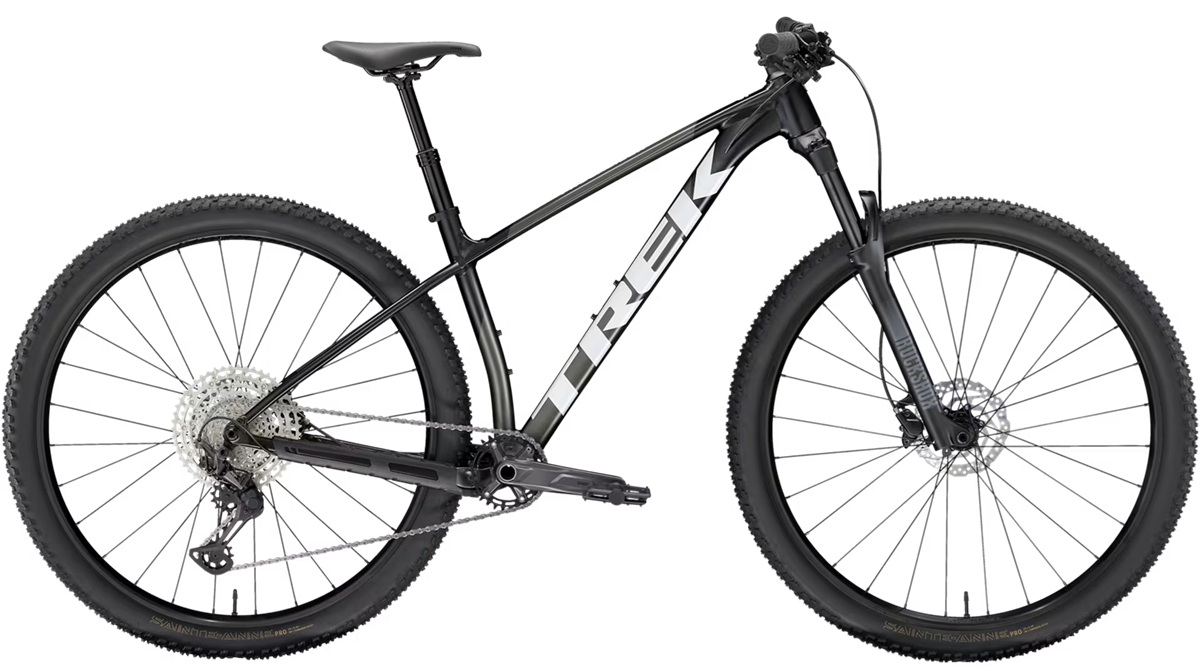
Trek Procaliber 6 2025: In-depth Test, Review, Pros, Cons, Performance, and Everything You Actually Need to Know
Trek Procaliber 6 2025: In-depth Test, Review, Pros, Cons, Performance, and Everything You Actually Need to Know
The Trek Procaliber 6 2025 positions itself within the front-suspension mountain bike segment, targeting riders who seek a balance of performance, reliability, and value. This updated model integrates several proprietary Trek technologies with carefully selected components to deliver a bike suitable for cross-country and light trail riding. This comprehensive review provides an objective analysis of its features, components, and on-trail performance to help you make an informed decision.
Build Quality: An Examination of Materials and Construction
The build quality of the Trek Procaliber 6 2025 is based on the use of industry-standard materials and production processes for its price point. The bike is assembled using a combination of stock and Trek-specific components. Attention to detail is evident in the frame’s finish and the clean integration of features like internal cable routing. It's important to note that the Procaliber 6's price point means it uses a standard aluminum alloy, with a manufacturing process that prioritizes durability over extreme lightweighting.
The Frame: Alpha Gold Aluminium and IsoSpeed Technology
The frame of the Trek Procaliber 6 2025 is constructed from Alpha Gold Aluminium, a proprietary Trek alloy. Its most distinctive feature is the IsoSpeed system, a decoupler positioned where the top tube meets the seat tube. This system is engineered to enhance vertical compliance and absorb trail vibrations without sacrificing torsional stiffness. This results in a smoother ride, reducing rider fatigue on rough terrain. The frame's geometry is designed for cross-country, with angles that promote stable climbing and predictable handling on descents.
Componentry: A Balanced and Reliable Setup
The Trek Procaliber 6 2025 is equipped with components that reflect its market position. The drivetrain is typically a mid-range Shimano or SRAM groupset, utilizing a modern 1x (single-ring) setup for simplified shifting and reduced weight. The suspension fork, often a RockShox Judy or a similar model, provides standard cross-country travel and features a remote lockout for efficient climbing on smooth surfaces. The hydraulic disc brakes, usually from Shimano or Tektro, offer reliable and consistent stopping power in various conditions. The wheels, built with stock hubs and rims, are generally tubeless-ready, which is a significant advantage.
Comfort: How IsoSpeed Affects the Ride
The riding comfort of the Procaliber 6 2025 is significantly influenced by the IsoSpeed system. While it doesn't offer the full absorption of a full-suspension bike, the decoupler helps to smooth out the trail and reduce chatter, lessening rider fatigue. The frame's geometry promotes a balanced riding position, preventing excessive strain on the wrists and back. While the stock saddle and grips are adequate for general use, riders with specific comfort preferences might consider personalizing them.
Handling: A Predictable and Stable Ride
The Procaliber 6 2025 delivers predictable and stable handling, which is a hallmark of cross-country bikes. The frame’s responsiveness, while not on par with a carbon race bike, is more than sufficient for singletrack, technical climbs, and moderate descents. Its neutral handling characteristics make it easy to control, even for less experienced riders. The IsoSpeed system also enhances traction on uneven terrain, which is a notable benefit.
Performance: Efficiency for Cross-Country Riding
The performance of the Trek Procaliber 6 2025 is aligned with its price point. While not designed for elite competition, the bike performs efficiently on cross-country trails. The 1x drivetrain provides a wide range of gears to tackle both climbs and descents. The bike’s weight is higher than carbon models, which impacts initial acceleration, but the durability of the aluminum frame makes it a reliable choice for daily use and training.
Pros and Cons: A Summary of Strengths and Weaknesses
Pros:
IsoSpeed System: Offers a noticeable improvement in comfort on rough terrain.
Durability: The robust aluminum frame and reliable stock components ensure a long lifespan.
Versatility: Suitable for cross-country racing, light trail riding, and general training.
Value: Provides a solid package of features for its price.
Cons:
Weight: It is not the lightest bike in its class.
Stock Components: Advanced riders may find the stock components limiting for high-performance use.
Aesthetics: The aluminum finish, while good, lacks the sleek look of a high-end carbon frame.
Advice and Recommendations for Improvement
To enhance the performance of the Trek Procaliber 6 2025, the following upgrades are recommended:
Tubeless Conversion: If not already set up as tubeless, this is a highly recommended upgrade to improve traction and prevent flats.
Dropper Post: For more aggressive descents and improved control, a dropper post is an excellent investment.
Component Upgrades: For riders looking for a performance boost, consider upgrading components like the wheels, fork, or drivetrain.
Alternatives: Similar Bikes in the Same Segment
When considering the Trek Procaliber 6 2025, several alternatives are worth exploring:
Specialized Chisel: Features a D'Aluisio Smartweld aluminum frame that focuses on a lightweight and stiff design.
Cannondale Scalpel HT Carbon: While a higher-end, carbon option, it represents a more performance-oriented choice.
Cube Reaction: This line offers a wide range of models and configurations, often praised for its excellent value.
Scott Scale: Another popular option, known for its cross-country geometry and both aluminum and carbon models.
Editor's note: The photo does not show the specific bike tested.
